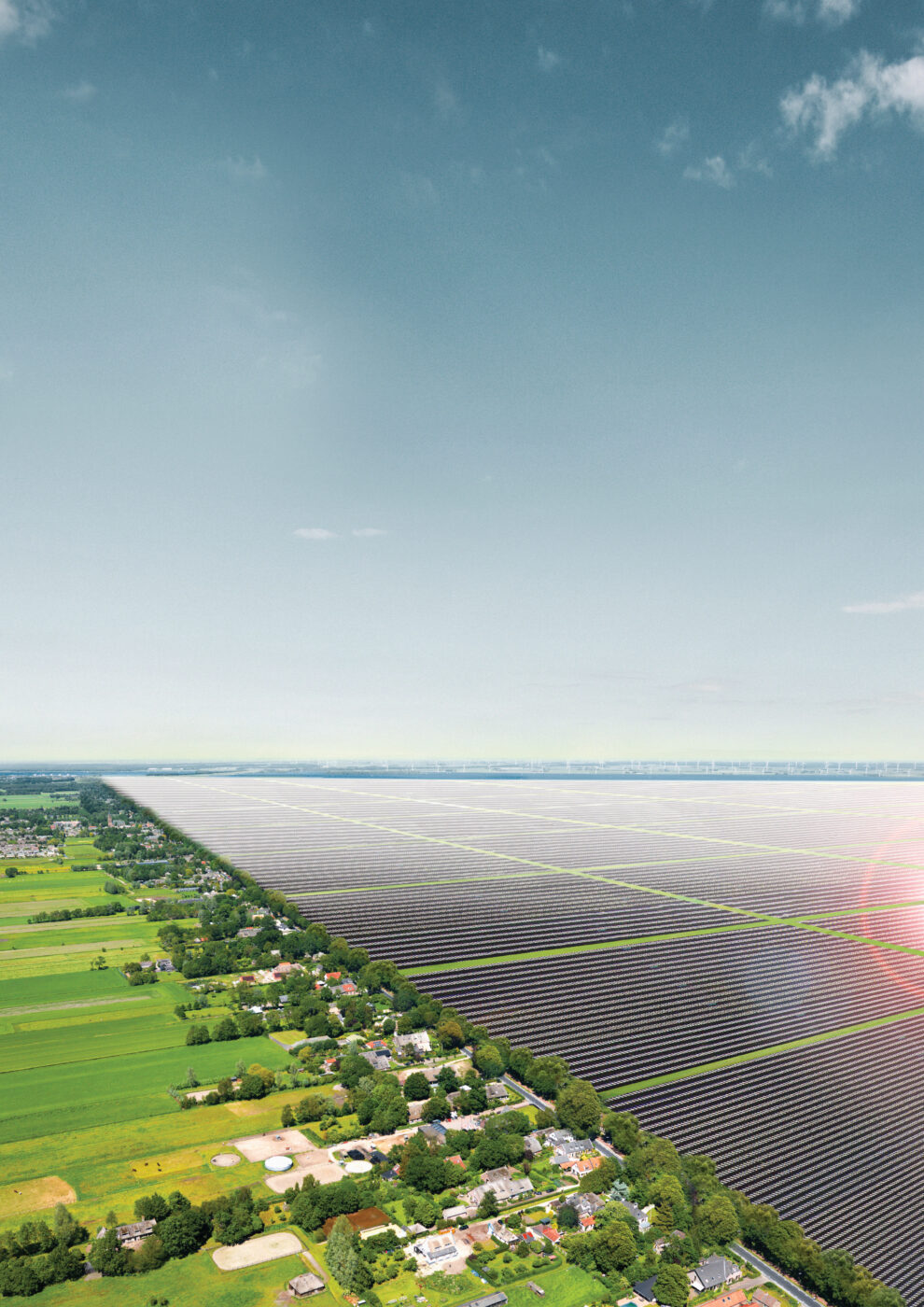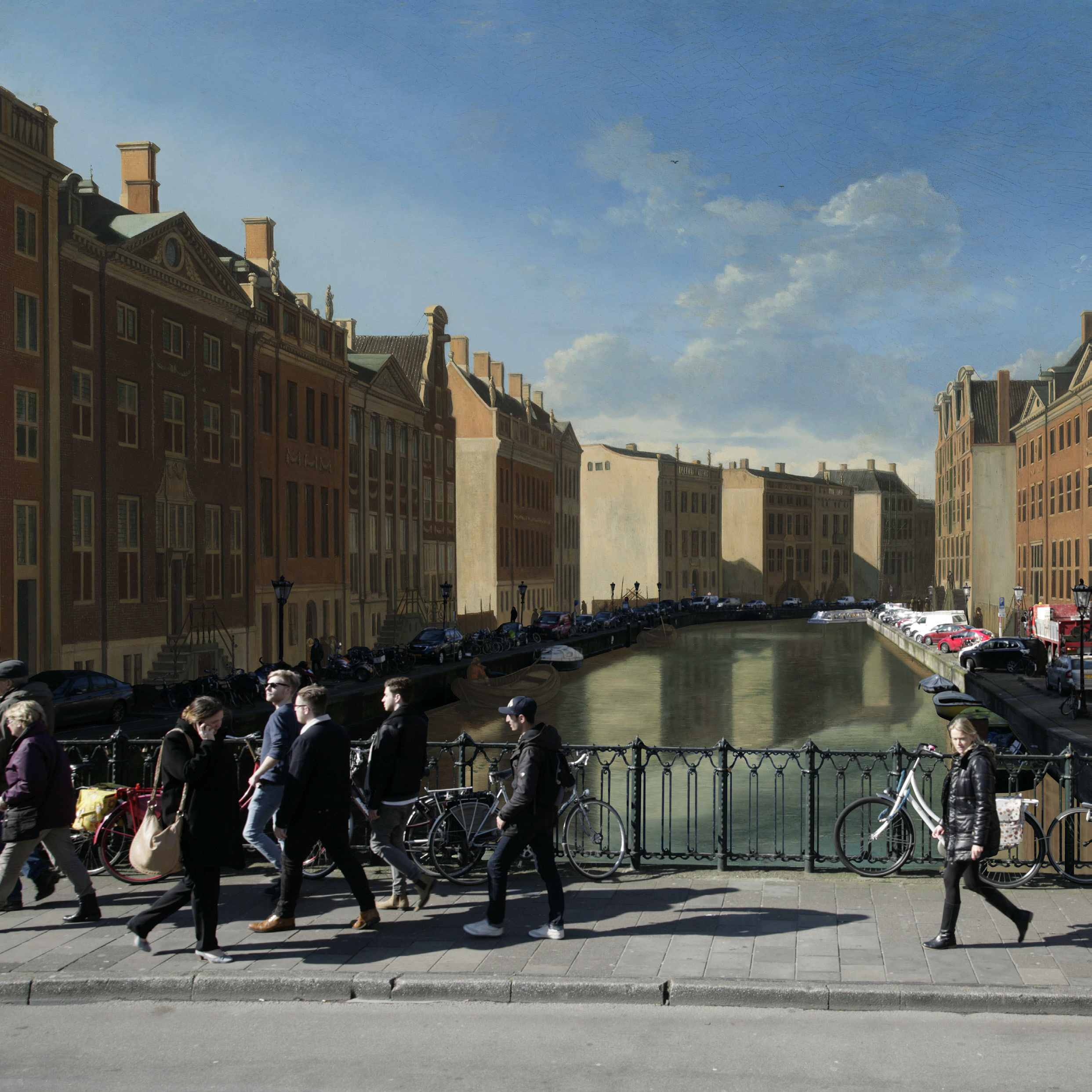Land of Hope is a two-year research project (2020-2021), designed to document unbuilt space in the Randstad and verify its capability to accommodate sustainable development. Taking a 100x100km snapshot of the Randstad as a case study, Studio Hartzema, together with its research department FRESH, estimated that 75% of its land is unbuilt -the majority of which is grasslands. Drawing inspiration from the radical work of Superstudio and Constant Nieuwenhuys, this “Land of Hope” is examined both as a shared object between collaborating cities as well as a collective resource for projective scenarios responding to pressing economic, environmental and societal challenges (reforestation, renewable energy production, new land uses).
In 1989 Dutch architect Willem Jan Neutelings described the Randstad as a heterogeneous field in which the contradiction between city and landscape is abolished. Indeed, the Randstad, which started as a ring of compact cities around a green heart, has evolved into an uncontrollable diffuse urban sprawl. Its landscape is not perceived anymore as something outside of the city, but as an entity that lies within the metropolis, mainly occupied by agricultural land and grasslands. Predominantly used for milk and meat production, these lands have recently started to lose their economic base due to their heavy environmental impact and with that, the only substantial reason for safeguarding their empty expanse. Like most places in which lucrative production activities have had boomerang effects on local ecosystems and the environment, the Randstad is still indecisive on whether to continue its path dependency on preserving highly polluting grasslands for the dairy and meat sector or to start imagining a landscape without cows.
Land of Hope hypothesizes that this 75% of unbuilt land can be the catalyst for accommodating sustainable development, systemic changes and interventions of glorified scale. Through exploring projective scenarios and scaled-up structures of alternative land use, energy production, urbanization, sustainable growth or shrinkage, the results of the research have already verified its initial hypothesis. According to rough estimates, transforming just 1.5-2% of the unbuilt space into solar farms or wind parks could cover 100% of Randstad’s electricity needs. Additional calculations revealed that planting 17% of the available unbuilt land with woody biomass could cover 25% of the electricity needs. As a frame of reference, the Netherlands’ projected expansion by 2030 (1 million new homes) will require 5-10% of the unbuilt land.
As pressure towards the agriculture sector is projected to escalate and cities desperately seek space to expand, reflecting on a future for the unbuilt space of the Randstad is deemed extremely relevant, not only for the Netherlands but for cities all over the world. In fact, issues of extreme urbanization, resilience and production are likely to drive the urban development of most metropolitan areas in the next decades. By focusing on this part of space that has never been analysed and mapped before, Land of Hope aims at providing our professional field with a new series of data and a new process of holistic thinking and projective designing.














